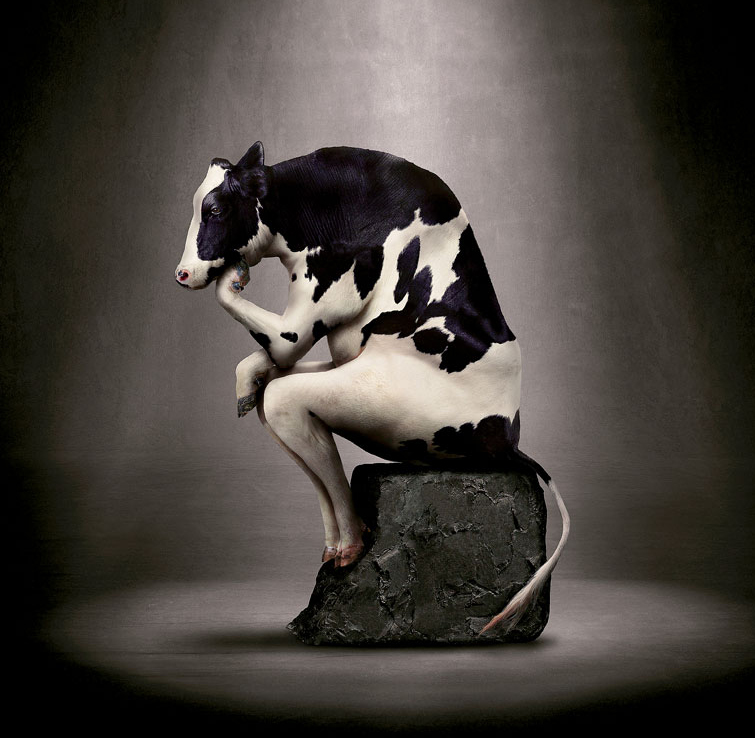I spent the last week of September in Louisiana. Dr. Alan DeRamus of the University of Louisiana invited me there to talk to farmers about how to teach their livestock to eat weeds. It was an outstanding trip and here’s why:
Great food

I ate Monkey Bread for the first time, and that was just one of the great meals Betty Ashford made in the two days I spent with her and her husband Don just outside Ethel, Louisiana. Sloppie Joes for a picnic lunch after the workshop with lemon basil sugar cookies! Perfect! Then every evening I walked from my hotel to the Blue Dog cafe where I learned about crawfish, and etouffee and the Blue Dog. Good thing I had to walk a bit or I would have come home much larger.
Great Cows
The cows learned well too. The University Brangus herd was introduced to goldenrod, but they decided on their own that tea weed (prickly sida) was just as good, and they chowed down on it in pasture. Don and Betty Ashford introduced their cows to mimosa weed (also known as chamberbitter weed). Then the cattle decided on their own to add teaweed and horse nettle.
Now, all of the weeds that the cows began eating are big deals. But for me, the biggest deal was the horse nettle. It grows in a lot of places and lots of farmers and ranchers have trouble with it. I’ve been asked over and over, “Can cows eat horse nettle?” After really looking at it and gathering all the information I could, I thought we could try, but that we ought to watch the cattle and make sure that my one last concern, that it might cause stomach pain, was not a problem. So imagine the jumping up and down, laughing, hugging, and giggling that went on when I saw Don and Betty’s cows taking huge bites out of the leafy plant! I’ve told Don that he and Betty and their cows are going to be famous! (Click here to find out how to teach your livestock to eat weeds.)
Great People
I’ve traveled a lot for this part of my job, and while I don’t love the time I spend in airports and airplanes, I love the people I meet. These folks were extra fun because they asked me to step outside my normal routine of presenting with a projector and a computer. Instead, we just talked as we all sat outdoors in the shade.

I decided a little audience participation would help, so I got them to try different foods so they could experience the training process in action. It started innocently enough, just like the training plan for teaching cows does. First I gave them M&Ms. Then Starburst candies shaped like candy corn. Then they tried little squares of what looked like a chocolate brownie. I didn’t tell them that the baker out of Utah had made them with cricket flour. From there it was an easy jump to cheddar-cheese-flavored fried larvae. They were great sports, and as they left many told me there were going to train their cows to eat new things. It felt like a great success and something that I’d like to do again.
In my book, hanging out with nice people in a pasture full of cows is just about the perfect day. (OK, it wasn’t so perfect the first day, because the airline had lost my luggage and when we were standing in the pasture, me in my travel sandals, the fire ants bit my feet. Note to self: wear boots on the plane even if it’s 100 degrees when you’re leaving Tucson.) But seeing how well both cows and people take to new food, and how that solves what everyone thought was a big problem, really makes my day.
One more note – if you’re one of the great people I’m going to meet at a future presentation, don’t give away the secret if you see me pulling out bowls of candy and other “interesting” foods. I look forward to hearing you tell everyone around you what tasty treats I always bring!








Well, you were in south Louisiana. We eat almost anything…
Comments are closed.